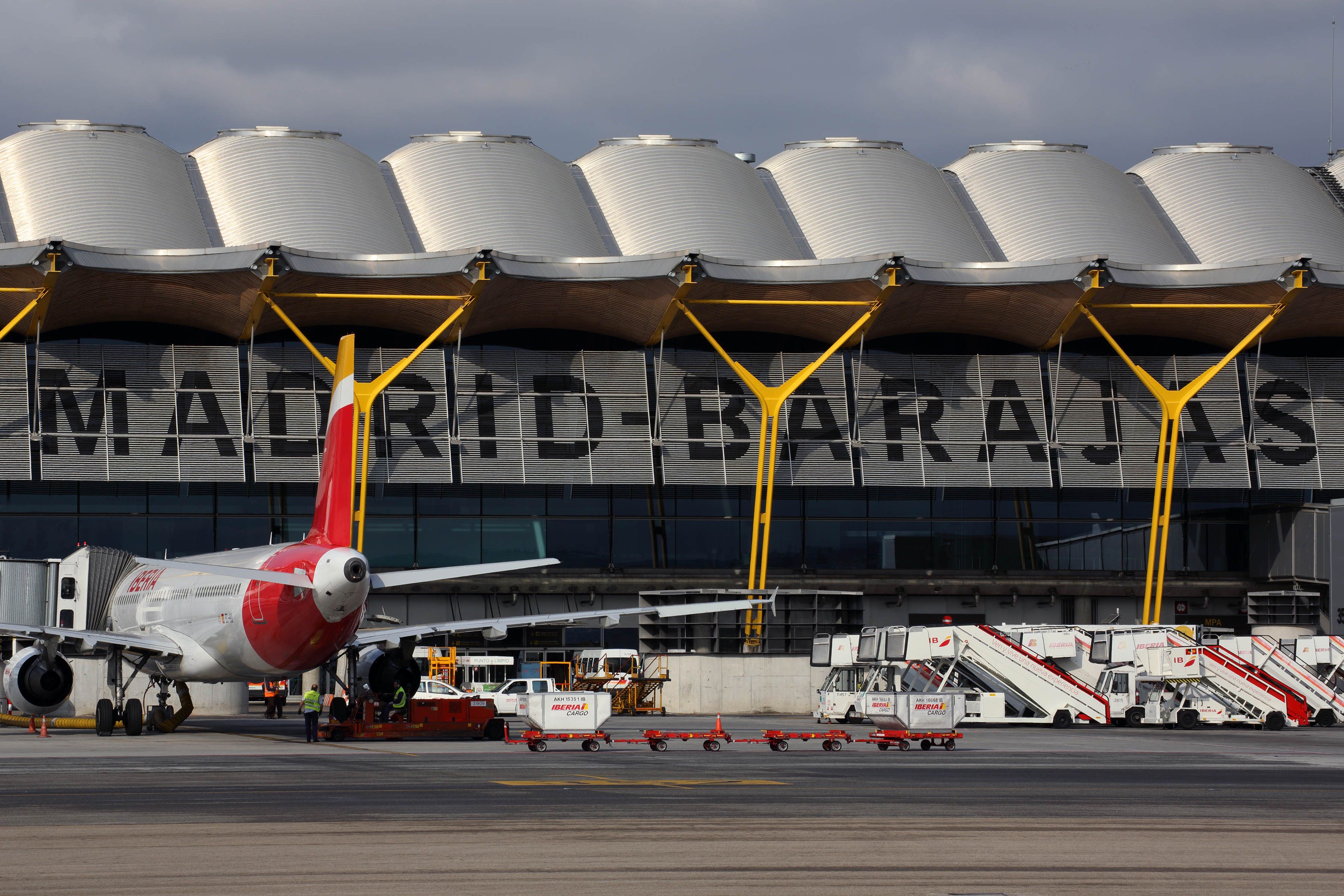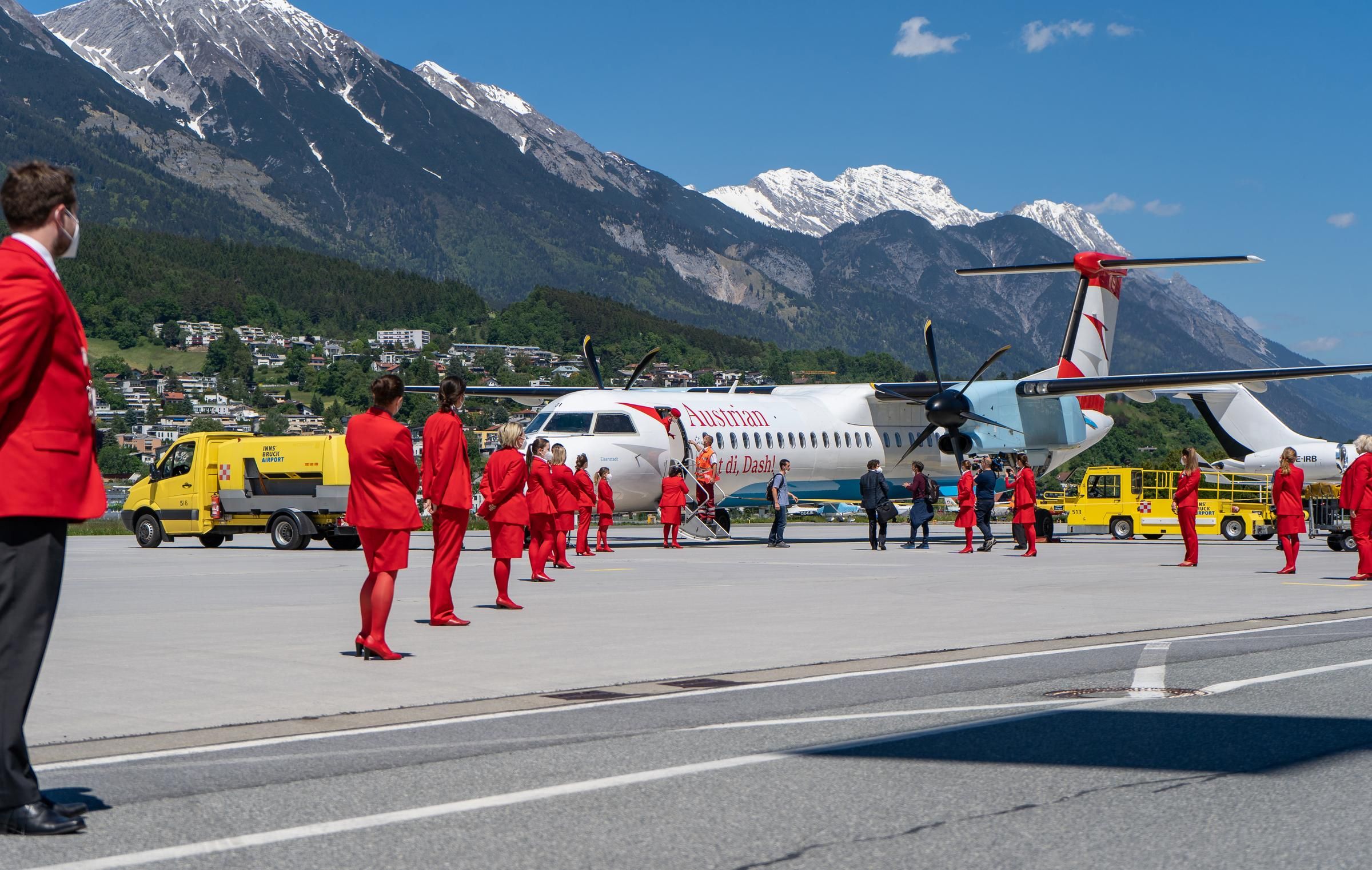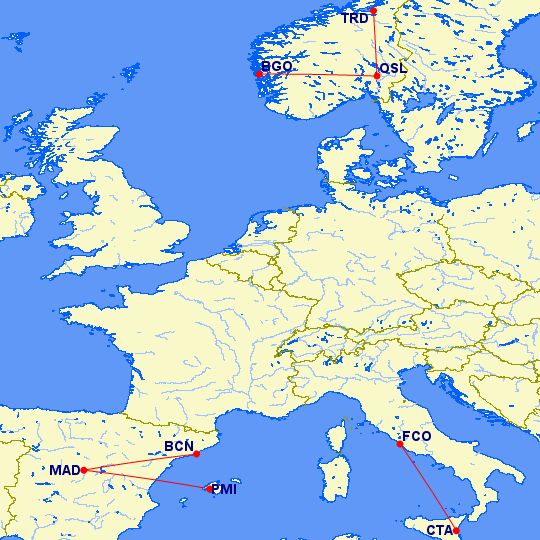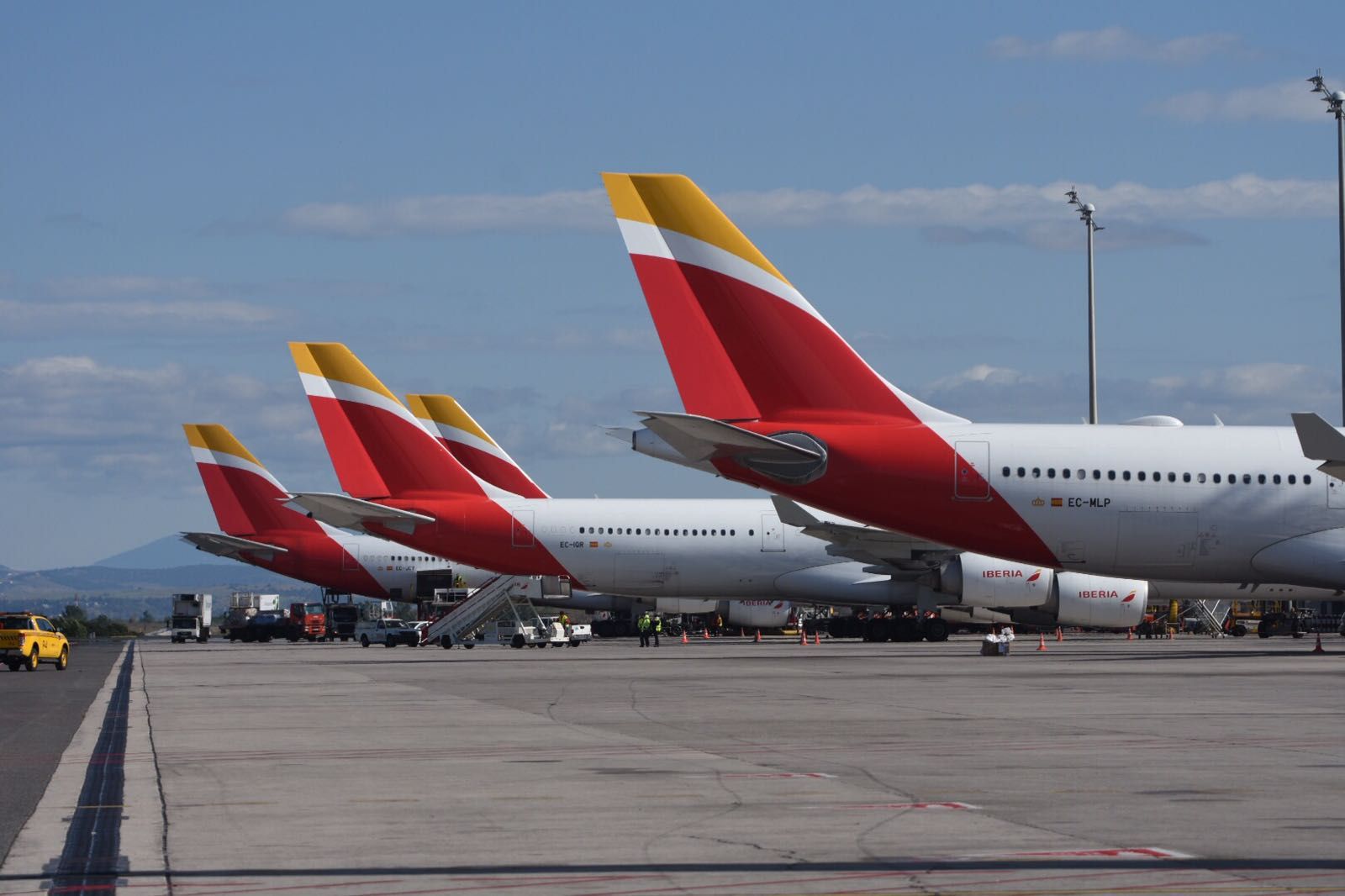Today we will look at the five busiest domestic air routes in Europe and see how high-speed trains are gradually replacing them. Before we discuss that in more detail, it's worth pointing out that domestic flights that involve travel from the mainland to an island will never be replaced by rail.
Since flight shame emerged in Sweden (flygskam) in 2018, a movement encouraging travelers to seek less polluting ways to travel, many European counties began to consider banning short-haul domestic flights.
On May 23, 2023, a new law in France decreed that flights between cities that could be done in less than two and a half hours by train would be banned. The new law will no longer allow flight between Paris and regional hubs such as Bordeaux, Nantes, and Lyon. However, it falls short of stopping flights between Paris and the French Riviera.
Austria also banned flights when the country's national flag carrier, Austrian Airlines, asked for financial help during the COVID-19 pandemic. The government said it would only help the airline if it agreed to ban domestic flights that could be done by rail in less than three hours. At the same time, the government also introduced a tax of €30 on all flights less than 218 miles. The new law has stopped all flights between Vienna and Salzburg by a few minutes and falls short of banning flights between Vienna and Graz.
There have long been complaints about people flying between Brussels Airport (BRU) and Schiphol Amsterdam Airport (AMS). With limited flights from Brussels, Schiphol has long been the airport of choice for many Belgians. The problem was that because both cities were so close, flying between them took less than an hour.
To combat this and prepare for a possible flight ban between BRU and AMS, Netherland's national flag carrier KLM entered into a rail agreement with Thalys allowing KLM passengers to check in at Brussels-Midi/Zuid railway station for flights departing from Schiphol Airport.
One of the big gripes governments have is that in Europe, for the most part flying remains much cheaper than traveling by rail. As more high-speed rail lines open in the coming years, we can expect to see added pressure on people to take the train rather than the plane.
With no current data available using figures collected in 2021, the five busiest European air routes are in three countries, Spain, Italy, and Norway.
1 Aeropuerto Adolfo Suárez Madrid-Barajas (MAD)- Palma de Mallorca Airport (PMI)
Located in the Western Mediterranean Sea off the eastern coast of Spain, the Madrid to Palma route saw 1,140,759 passengers in 2021, making it the busiest European domestic route.
2 Romes Leonardo da Vinci–Fiumicino Airport (FCO)- Catania–Fontanarossa Airport (CTA).
The route between the Italian capital and the second-largest city on the island of Sicily is the second-busiest domestic air route in Europe, serving 1,060,641 passengers in 2021.
3 Aeropuerto Adolfo Suárez Madrid-Barajas (MAD)-Josep Tarradellas Barcelona–El Prat Airport (BCN)
Before high-speed rail linking Madrid and Barcelona began in 2008, the MAD to BCN "Puente Aéreo" (Air Bridge) was Europe's busiest domestic air route. In 2021 the number of passengers flying between the two cities declined to 1,013,020. In the last year or so, new low-cost rail operators have begun serving the two cities.
As getting between the two by train is faster than connecting from the city center to the city center by air, we can expect a further decline in passenger numbers.
4 Oslo Airport, Gardermoen (OSL)- Trondheim Airport (TRD)
With the Norwegian capital Oslo on the south coast and Trondheim 310 miles north, this is the busiest domestic air route in Norway and the fourth busiest in Europe. In 2021, 1,005,775 passengers traveled between the two cities.
5 Oslo Airport, Gardermoen (OSL)-Bergen Airport, Flesland (BGO)
Surprisingly given that it is Norway's second-largest city and is also a seven-hour drive, the Oslo to Bergen route is the country's second-busiest domestic air route and the fifth most active in Europe. In 2021, 991,026 passengers traveled between the two cities.





